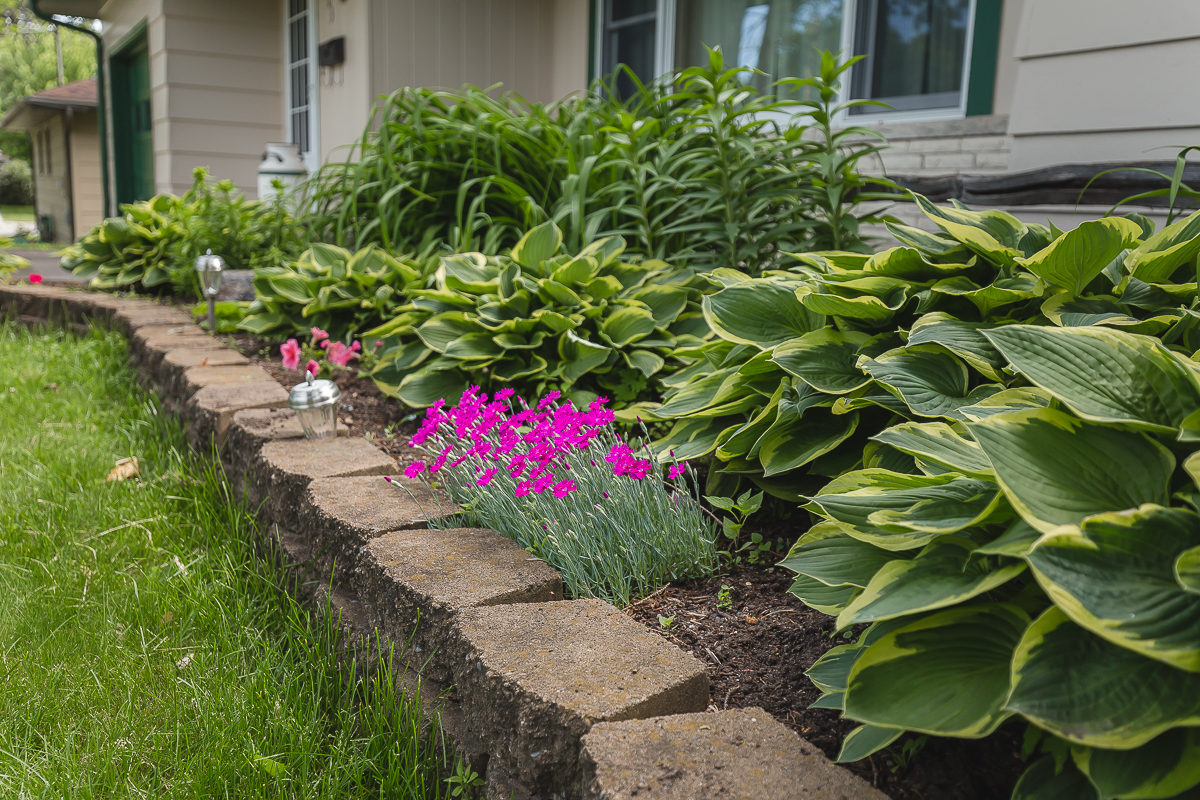Your House and Your Outdoor Space
Your House and Your Outdoor Space
Landscaping Your Outdoor Space—More Than Mowing Your Lawn
When I was a child, landscaping meant adding a border and mulch to spruce up your flowerbed and the term outdoor space was redundant. But, like many other things, these terms have evolved. Landscaping has become an art form, encompassing design and the environment. From the beginning of time, people everywhere have transformed the land around them into their own gardens of paradise. But in more recent times, landscaping has become a highly skilled professional endeavor known as landscaping architecture. Landscape architecture as a professional public art form was coined by a Scotsman in 1828 and has flourished into a social necessity ever since.
Today, landscapers may be skilled groundskeepers maintaining any green plot from private residences to businesses to large commercial properties like golf courses and professional sports parks. Or they may be university trained landscape architects educated in any related field such as engineering, horticulture, geology, or environmental science. These are the designers who work their magic on outdoor spaces like playgrounds or Disney World or even your own yard.
Today’s residential landscaping projects vary according to climate, space, preference, and budget. Ideas and innovations that have been trending since 2020 reflect weather patterns and concerns for ecology just as much as personal taste. They include:
- choosing native plants and those requiring less water and maintenance for a naturalistic look
- building outdoor living areas that accommodate multiple seasons and social distancing
- planting diverse vegetable gardens, regular or vertical, or those that attract pollinators or deter pests
- reducing the lawn with designed hardscapes
- outdoor lighting
- water conservation or water features
- smart technology
These landscaping trends focus on the two main categories of landscaping—softscaping and hardscaping. According to the blog at Backyard Reflections, a softscape “consists of all the living elements within a landscape—trees, flowers, grass, shrubs and other plants” as well as gardening related tasks such as “weed management, mowing, trimming, grading, and planting.” Most elements of softscaping are easy to change or modify, allowing the homeowner to experiment with styles or types of plants from year to year with trees being the exception.
A hardscape consists of all “the inanimate elements within a landscape, including pavers, bricks, and concrete.” These elements help to organize the natural features of your outdoor space, defining borders and creating balance between the hard and soft, the natural and man-made aspects of your personal landscape. Hardscape elements include permanent structures such as driveways, stone walkways or gravel pathways; fences, gates and retaining walls; arbors, gazebos and pergolas; and extensions of the home such as patios and decks. These require a lot of thought and planning since the investment for any landscaping work is substantial.
Landscaping options allow for a lot of dreaming and even more research and not just for large suburban yards. Small city lots in Minneapolis may be transformed by professional landscaping. But before you go to the nursery with your favorite magazine designs in hand, consider the blog advice at Architectural Landscape Design. Changes to your outdoor living spaces, especially larger and older properties, might require inspections before you invest time and a lot of money there. Learn the condition of your property before you invest time and money into your outdoor dream.
What areas should you have inspected? Here’s what they suggest: Consider location of your structure, such as a children’s play set or a patio, for possible Easement Violations. Know how your property was Designed to Drain in case your plans involve a change in topography. Be aware of your Community Codes and Regulations, especially regarding safety as related to the installation of stairs or steps, landscaping walls and swimming pools. That goes for your Neighborhood Guidelines as well. Neighborhood associations ofttimes require approval for anything from paint colors to fencing to backyard play structures.
Stormwater Management on properties with many hard surfaces is a complicated area of concern. Know if your property is within a water conservation or watershed district. Consider the Water and Power Requirements for that trendy outdoor lighting system or lovely water feature that caught your eye. You never know when power conservation will come to Minnesota and directly impact your home landscaping. You may also be responsible for damage caused by Large Hazard Trees or have to make Necessary Repairs to your property as a result of heavy equipment. Then there is the Ongoing Maintenance and preparation for seasonal change that affects special landscaping such as Koi ponds or perennial gardens. Lastly, do not forget Minnesota winters when you plan your Hardscape Foundations. A hardscape professional will know what you need to ensure you receive superior work whether it is concrete-reinforced footings to prevent heaving or to allow floating of your structure.
Once you know the condition of your property, you should be ready to explore the world of landscaping.

